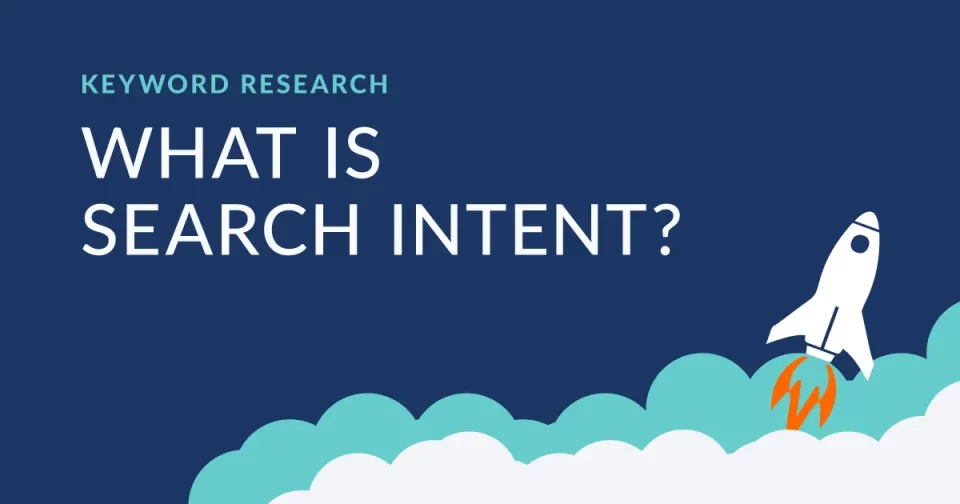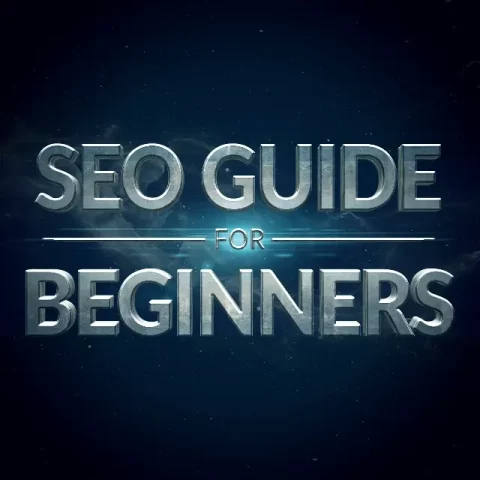
The number is a little hard to fathom, but there are more than 8.5 billion Google searches per day. That’s a whole lot of people seeking information, answers and everything in between. Precisely why understanding what is search intent has become vital for businesses and content creators alike. Search intent refers to the underlying motivation or purpose behind a user’s search query. By comprehending and aligning with search intent, websites can enhance their visibility, attract the right audience, and ultimately drive conversions. This article explores the concept of search intent and provides valuable insights into optimizing content to meet different types of search intent.
What is Search Intent
Search intent is constantly growing and evolving over time. It’s important to grasp this concept because when it comes to ranking your web page in search engines, the content you create needs to align perfectly with what the searcher is actually seeking. In other words, you want to give the people what they’re looking for to boost your chances of appearing higher in those coveted search results you are looking for.
Search intent can be categorized into three primary types:

Example: Google search results for “the bike shoppe”
Users with navigational intent conduct searches to reach a specific website or web page. They are seeking direct access to a particular brand, organization, or platform.
To cater to navigational intent, businesses should ensure their website is easily accessible, provide clear site navigation, and optimize meta descriptions and title tags to reflect their brand.

Informational Intent
Example: Google search results for “how to pedal a bike”
Informational intent is prevalent when users aim to find answers, gather knowledge, or seek explanations. These searches typically include phrases like “how to,” “what is,” or “tips for.”
For informational intent, focus on creating informative, well-structured content that answers common questions and provides valuable insights. Utilize headings, bullet points, and images to enhance readability.

Commercial Intent
Example: Google search results for “mountain bike ebay”
Commercial intent is searches that are looking to investigate brands or services. When users exhibit commercial intent, they are actively seeking products or services with the intention to make a purchase or engage in some form of transaction. This intent represents a prime opportunity to capture potential customers who are in the buying mindset.
To capture commercial intent, optimize your website and create compelling calls-to-action, in order to leverage commercial intent to drive conversions, increase sales, and ultimately achieve marketing objectives.

Transactional Intent
Example: Google search results for “buy mountain bike”
Users with transactional intent intend to make a purchase or engage in a specific online activity. They often search for product reviews, comparisons, or specific terms like “buy,” “discount,” or “coupon.”
To capture transactional intent, optimize product descriptions, create compelling calls-to-action, and provide clear purchasing options. Include customer reviews and testimonials to instill trust and confidence.
Importance of Search Intent
If your content fails to align with the search intent associated with your chosen keyword, achieving a high ranking for that keyword becomes exceedingly challenging. Meeting the search intent is crucial for search engine optimization (SEO) as it directly influences the relevance and value of your content in relation to users’ queries. When your content effectively satisfies the search intent, search engines are more likely to recognize its relevance and rank it prominently in search results.
Understanding search intent is crucial for several reasons:
- Improved Relevance: Aligning content with search intent ensures that users find what they are looking for, increasing engagement and satisfaction.
- Enhanced SEO: Search engines value content that matches search intent, leading to higher rankings and visibility.
- Targeted Traffic: By tailoring content to specific intent, businesses attract the right audience, increasing the likelihood of conversions.
Mapping Search Intent to SEO
To optimize content for search intent, several key factors must be considered.
Keyword Research
Thorough keyword research helps identify the language and terms users employ when searching for specific content. By selecting and incorporating relevant keywords into the content, websites can attract users with the desired intent.
Content Optimization
Once the keywords are identified, it is crucial to create valuable and informative content that aligns with search intent. The content should answer user queries comprehensively while satisfying their underlying intent.
User Experience
Delivering a seamless user experience is essential in meeting search intent. Websites must be fast, mobile-friendly, and easy to navigate to enhance user satisfaction and engagement.
Tracking and Analyzing Search Intent
Tracking and analyzing search intent allows businesses to refine their strategies and better meet user expectations.
Google Search
A good way to determine search intent is to research the SERPs. Enter your targeted keyword in the search bar and observe the search results to discern the search intent deemed most relevant by Google for that particular term.
Google Analytics
Utilize Google Analytics to gain insights into user behavior, engagement metrics, and the performance of different landing pages. Analyze search queries, bounce rates, and conversions to identify areas for improvement.
Google Search Console
Leverage Google Search Console to understand the search terms that drive traffic to your website. Monitor click-through rates, impressions, and average positions to gauge your website’s visibility and optimize accordingly.
Challenges and Best Practices
Matching intent and content. Match metadata, meta description and content type to search intent. In other words, ensure the content accurately matches the user’s intent. Thorough keyword research, audience analysis, and understanding the context behind search queries can help overcome this hurdle.
Overcoming keyword cannibalization. Keyword cannibalization occurs when multiple pages on a website compete for the same keywords, potentially diluting visibility and confusing search engines. Conduct regular audits, consolidate content when necessary, and optimize pages to target unique search intents.
Check out your competition. Analyze your competition’s content to gain insights into their approach to meeting search intent, helping you refine and enhance your own content strategy.
Conclusion
Understanding search intent is the cornerstone of effective SEO and content strategy. By comprehending and aligning with the different types of search intent, businesses can create valuable content that attracts the right audience, enhances user experience, and drives conversions. Embrace search intent optimization as a fundamental component of your digital marketing efforts and leave behind the competition.















